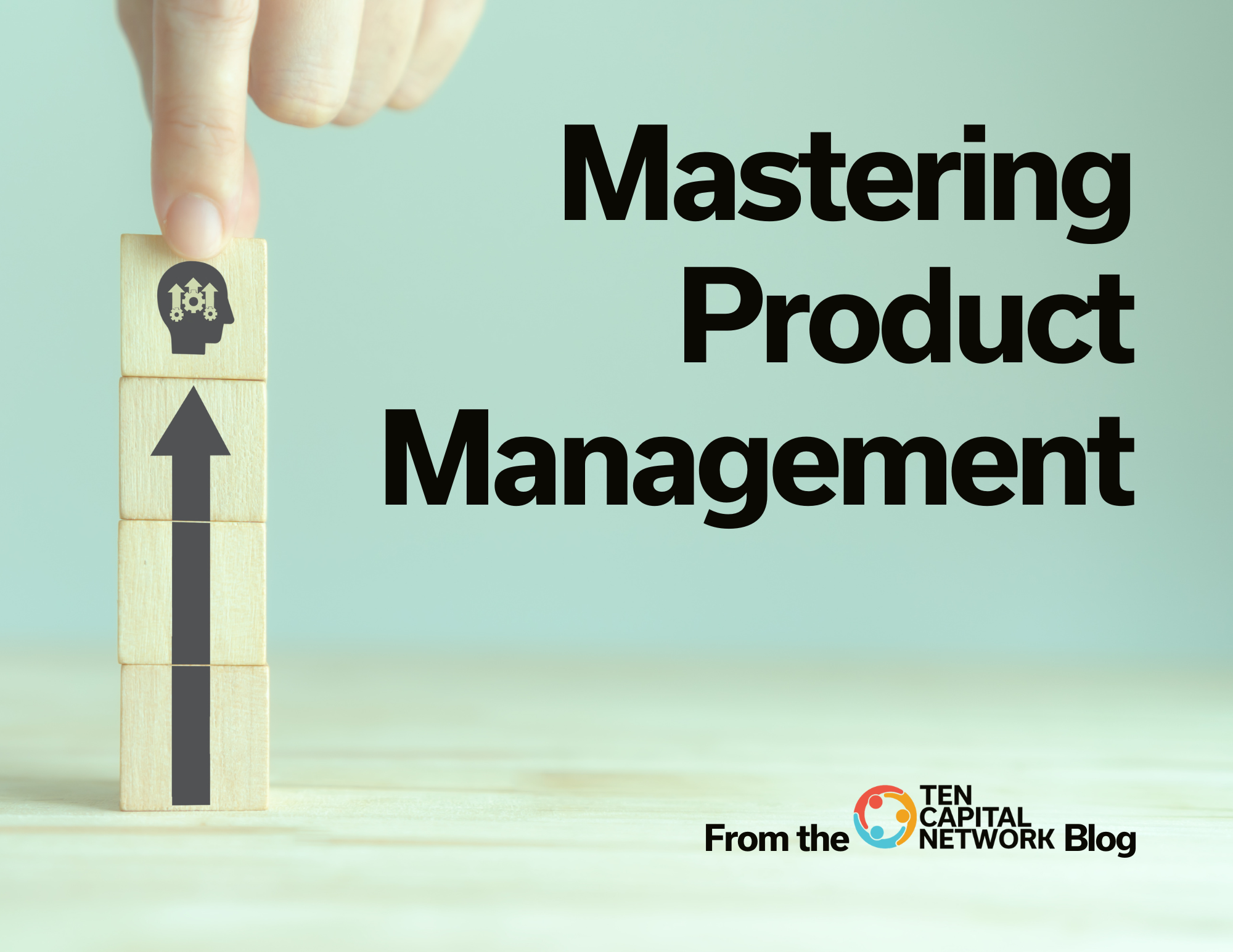2 min read Storytelling is a key skill for any startup raising funding so let’s discuss the key elements of a startup story:
In the early days of a startup, the product and team aren’t fully developed, and customers typically aren’t fully engaged. As such, investors look to the founders to understand the potential of the business.
In this case, the founder who can articulate a clear vision of the company and fill in the gaps can win over the investor.
The Purpose
The first key element to the story you’ll use during your fundraise pitch is your purpose. This can also be seen as a theme.
The purpose or theme comes from what inspired your startup. There was something about the world that you wanted to change, so you started the company to fix it.
Start your story strong but letting the listener in on this information. To make your point even more substantial, try to connect your purpose to a universal principle or truth that everyone recognizes. Next, build your story around that theme.
The Hero
There second key story element is the hero. The hero is the character whose journey the audience cares about the most. In a startup fundraise story, this is the CEO. Most heroes are trustworthy and likable, leading the audience to empathize with them in some way. Painting the CEO as this character increases your chances of landing funding.
Your story should focus on the hero and not just the product as investors seek to build a relationship with people. In this case, the company takes on the persona of the CEO. If the CEO is trustworthy, then the company will be considered reliable too.
The Mission
The third element is the mission- the job to be done. It is the goal of the hero both now and beyond the story.
For your startup story, focus on what the CEO is trying to accomplish and how he plans to solve it. Outline how hard the problem is for the customer and how it can be made easier. Show how the proposed solution will save time and money for the customer.
Talk about the steps to accomplish the mission; what must be done to bring the solution to the market. Finally, show how the product achieves the customer’s desired outcome.
In telling the startup story, use the mission to set the direction. And always be sure to show how your startup’s mission reflects your core principles and values.
The Obstacle
The fourth element, the obstacle, stands between the hero and the goal. All good stories have a conflict that must be overcome. A startup’s obstacles could be competitors, lack of knowledge, regulations, and more.
The obstacle creates tension which holds the audience’s attention and helps them experience the story for themselves. For your startup story, show the CEO facing the challenge in bringing the product to the market. Investors will empathize with the plight as they have been there themselves.
Show how the CEO overcomes those challenges, remembering that the investors look for grit, determination, and persistence.
The Plot
After you establish the theme, hero, mission, and obstacle, you can start work on the final element of your story: the plot. The plot is a series of events that leads to achieving the mission. Plots can be set up in several ways, and choosing the suitable model will help make the story more engaging.
Try to position yourself as David fighting Goliath: The small startup taking on the big corporation. Or, try telling a Rags to Riches story: How a small startup hit upon a big idea. You can also position it as a quest: Show the entrepreneur’s journey and the lessons learned.
Read more in the TEN Capital eGuide: https://www.startupfundingespresso.com/how-to-craft-a-startup-story/

Hall T. Martin is the founder and CEO of the TEN Capital Network. TEN Capital has been connecting startups with investors for over ten years. You can connect with Hall about fundraising, business growth, and emerging technologies via LinkedIn or email: hallmartin@tencapital.group





